
Autumn Sorrells Bio
Fifty years of reinforcing data collection tactics in the field of neuroscience compels many scientists to believe that their work with animals is reliant on deprivation strategies, like food and water restriction for task acquisition. However, Autumn Sorrells focused her career in challenging these antiquated beliefs. During her 21 years in the field, she has cultivated a kinder and more holistic approach to factor in the psychological and social needs of each species of animals whilst partnering seamlessly with the needs of science and researchers to foster the groundbreaking innovation in the Bay Area.
Her foundation in ethology, animal behavior training, and behavior analysis has led Autumn to Neuralink, a neuro-tech company building assistive devices for people with paraplegia. After their last “Monkey Mind Pong” debut, it is clear that the company is fearless in a world where animal research is often shunned. Autumn, as Animal Care Director, feels strongly that Neuralink’s approach can be used for a more humane model to support the vital research needed to advance society towards agency, health, and joy for all species.
- CLICK HERE to find out more about Rat Tickling:
- CLICK HERE to find the AALAS Website:
- CLICK HERE to find the Treehouse Tribe Website:
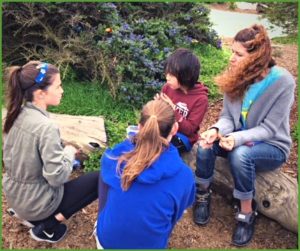




















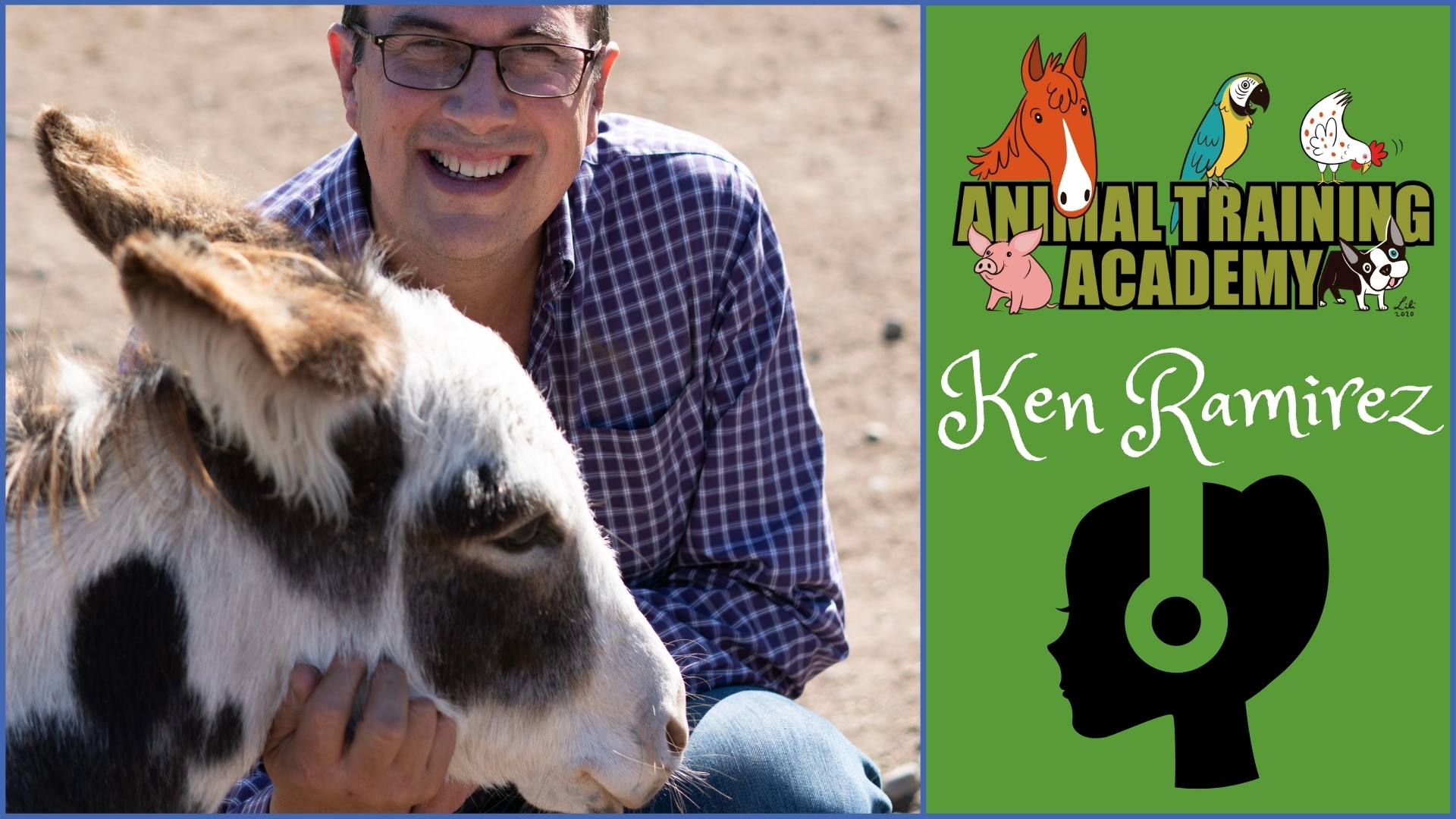

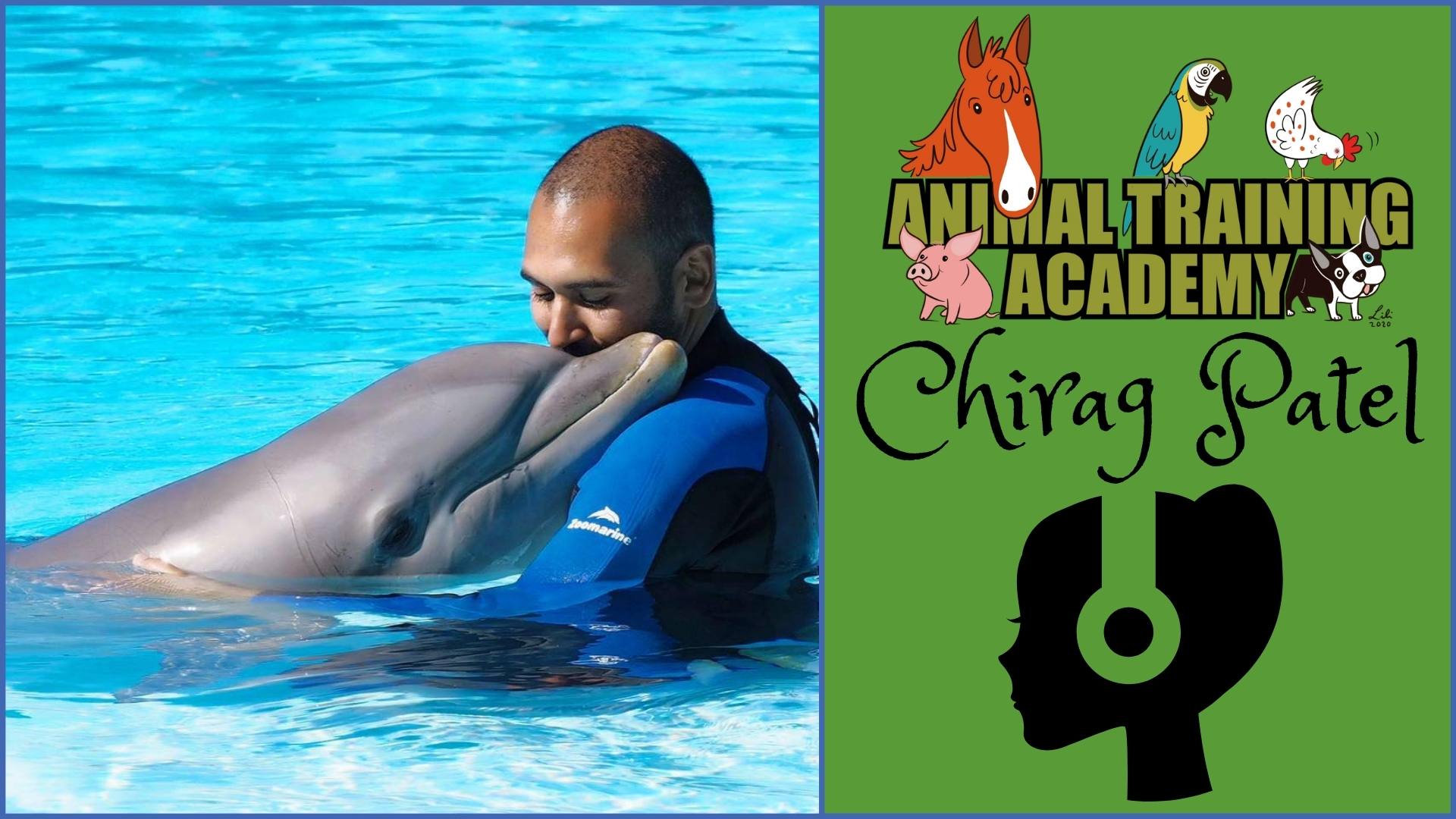






 Brittanie Beckett is the Koala Coordinator at Moonlit Sanctuary, in Victoria, Australia. She grew up on a small farm and loved animals all her life. She realized she wanted to pursue her passion for zoology when she did a ‘zookeeper for a day’ experience at Werribee Zoo when she was 10.
Brittanie Beckett is the Koala Coordinator at Moonlit Sanctuary, in Victoria, Australia. She grew up on a small farm and loved animals all her life. She realized she wanted to pursue her passion for zoology when she did a ‘zookeeper for a day’ experience at Werribee Zoo when she was 10. About the Authors – ATA member – Caitlin Ondracek
About the Authors – ATA member – Caitlin Ondracek












 Dr. Chris Varnon Bio
Dr. Chris Varnon Bio Dr. Chris Varnon Bio
Dr. Chris Varnon Bio
 Adele Shaw Bio
Adele Shaw Bio Adele Shaw Bio
Adele Shaw Bio Sean Pogson Bio
Sean Pogson Bio Last spring, someone threw lit firecrackers at me and my dog.
Last spring, someone threw lit firecrackers at me and my dog.
 Amy Cook Bio
Amy Cook Bio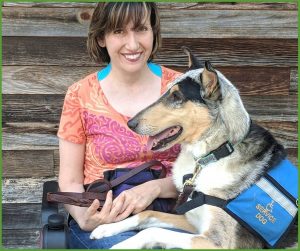 Veronica Sanchez Bio
Veronica Sanchez Bio This episode introduces a brand new Animal Training Academy podcast show – Making Ripples!
This episode introduces a brand new Animal Training Academy podcast show – Making Ripples! Dr. Erica Feuerbacher Bio
Dr. Erica Feuerbacher Bio Trish McMillan Bio
Trish McMillan Bio
 Shelly Wood Bio
Shelly Wood Bio




 ABOUT THE AUTHOR: – ATA member Amanda Sjöland
ABOUT THE AUTHOR: – ATA member Amanda Sjöland About Sonya Bevan
About Sonya Bevan About Sonya Bevan
About Sonya Bevan
 ABOUT THE AUTHOR – ATA member Lisa Longo
ABOUT THE AUTHOR – ATA member Lisa Longo Note: This blog was originally shared as a post in the ATA members only FB group on August 22nd, 2020
Note: This blog was originally shared as a post in the ATA members only FB group on August 22nd, 2020 The feeling, the thought, that is sticking with me is ‘THIS is why I train’. I want her to feel confident and competent. I want her to feel like the world is a safe place and she can handle herself. When she does face challenges (because she will) – she will be okay. This is not the way Molly started out in life. I’m so proud of how far she has come – how far we have come together. Is it possible that the day, instead of being traumatic, might further teach her that she can handle tough challenges? Training IS quality of life. This moment is hitting home in a big way.
The feeling, the thought, that is sticking with me is ‘THIS is why I train’. I want her to feel confident and competent. I want her to feel like the world is a safe place and she can handle herself. When she does face challenges (because she will) – she will be okay. This is not the way Molly started out in life. I’m so proud of how far she has come – how far we have come together. Is it possible that the day, instead of being traumatic, might further teach her that she can handle tough challenges? Training IS quality of life. This moment is hitting home in a big way. ABOUT THE AUTHOR: – ATA member Tessa Romita Herron
ABOUT THE AUTHOR: – ATA member Tessa Romita Herron Shelly Wood Bio
Shelly Wood Bio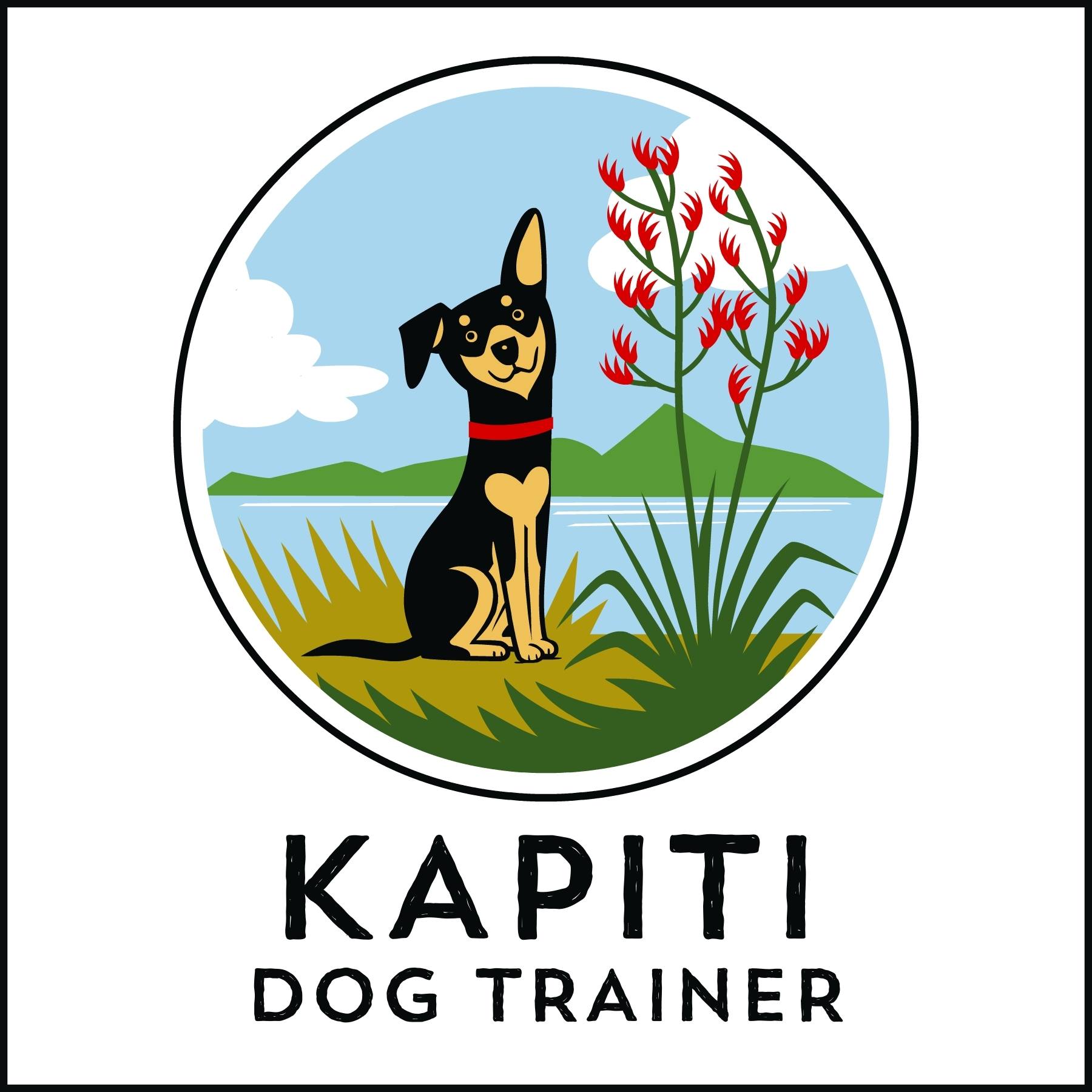




 Caitlin Coberly Bio
Caitlin Coberly Bio


 Chris Shank Bio
Chris Shank Bio Sean Will received his M.S. from the University of North Texas within the Applied Behavior Analysis Program and completed an internship at Harvard Medical School’s Department of Psychiatry. Currently, Sean is researcher in Florida Tech’s Ph.D. program conducting research on learning, and problem solving. Sean spearheaded the development of Constructional Affection, a new procedure for training dogs that meets training goals without the use of food rewards or force. Sean founded The Give Them Love Animal Shelter in 2012, which is a non-profit that works to enhance the lives of animals in shelters. He has over twelve year’s experience as a professional dog trainer working with dogs and their caretakers to address problems with aggression, hyper-activity, socialization, separation anxiety, basic obedience, and quality of life. Sean has conducted research developed programs used at animal shelters, zoos, and public schools, looking into questions of performance improvement, instructional design, quality of life, and the development of problem solving and critical thinking repertoires.
Sean Will received his M.S. from the University of North Texas within the Applied Behavior Analysis Program and completed an internship at Harvard Medical School’s Department of Psychiatry. Currently, Sean is researcher in Florida Tech’s Ph.D. program conducting research on learning, and problem solving. Sean spearheaded the development of Constructional Affection, a new procedure for training dogs that meets training goals without the use of food rewards or force. Sean founded The Give Them Love Animal Shelter in 2012, which is a non-profit that works to enhance the lives of animals in shelters. He has over twelve year’s experience as a professional dog trainer working with dogs and their caretakers to address problems with aggression, hyper-activity, socialization, separation anxiety, basic obedience, and quality of life. Sean has conducted research developed programs used at animal shelters, zoos, and public schools, looking into questions of performance improvement, instructional design, quality of life, and the development of problem solving and critical thinking repertoires.
 Malena DeMartini Bio
Malena DeMartini Bio




 Dr Afiya Fredericks Bio
Dr Afiya Fredericks Bio

 Steve Martin Bio
Steve Martin Bio Lili Chin Bio
Lili Chin Bio My boy Odie was born to a dog we were fostering for a rescue in November 2011. My heart was in the right place, but I knew nothing about socialisation, training and behaviour back then. As Odie got older, he showed “fear” related behaviours to so many things, for example, loud noises, fireworks, dogs, small children, the grooming comb or brush, the nail clippers etc etc.
My boy Odie was born to a dog we were fostering for a rescue in November 2011. My heart was in the right place, but I knew nothing about socialisation, training and behaviour back then. As Odie got older, he showed “fear” related behaviours to so many things, for example, loud noises, fireworks, dogs, small children, the grooming comb or brush, the nail clippers etc etc. ABOUT THE AUTHOR – ATA member Carol Milner
ABOUT THE AUTHOR – ATA member Carol Milner Dr. Gregory Hanley Bio
Dr. Gregory Hanley Bio Ken Ramirez Bio
Ken Ramirez Bio Since 2005, Ken has brought his experience as a trainer of many cognitive projects with marine mammals and primates to the dog arena. Most notable has been his work with modifier cues, adduction, matching to sample, mimicry, and counting. The latter two projects: teaching dogs to mimic or imitate other dogs; and to learn the concept of counting are in the process of being prepared for scientific publication. Both of these projects have documented cognitive abilities in dogs that have not been previously well reported or understood.
Since 2005, Ken has brought his experience as a trainer of many cognitive projects with marine mammals and primates to the dog arena. Most notable has been his work with modifier cues, adduction, matching to sample, mimicry, and counting. The latter two projects: teaching dogs to mimic or imitate other dogs; and to learn the concept of counting are in the process of being prepared for scientific publication. Both of these projects have documented cognitive abilities in dogs that have not been previously well reported or understood. Vidhya
Vidhya Marjie Alonso Bio
Marjie Alonso Bio Nicolette Canzoneri Bio
Nicolette Canzoneri Bio
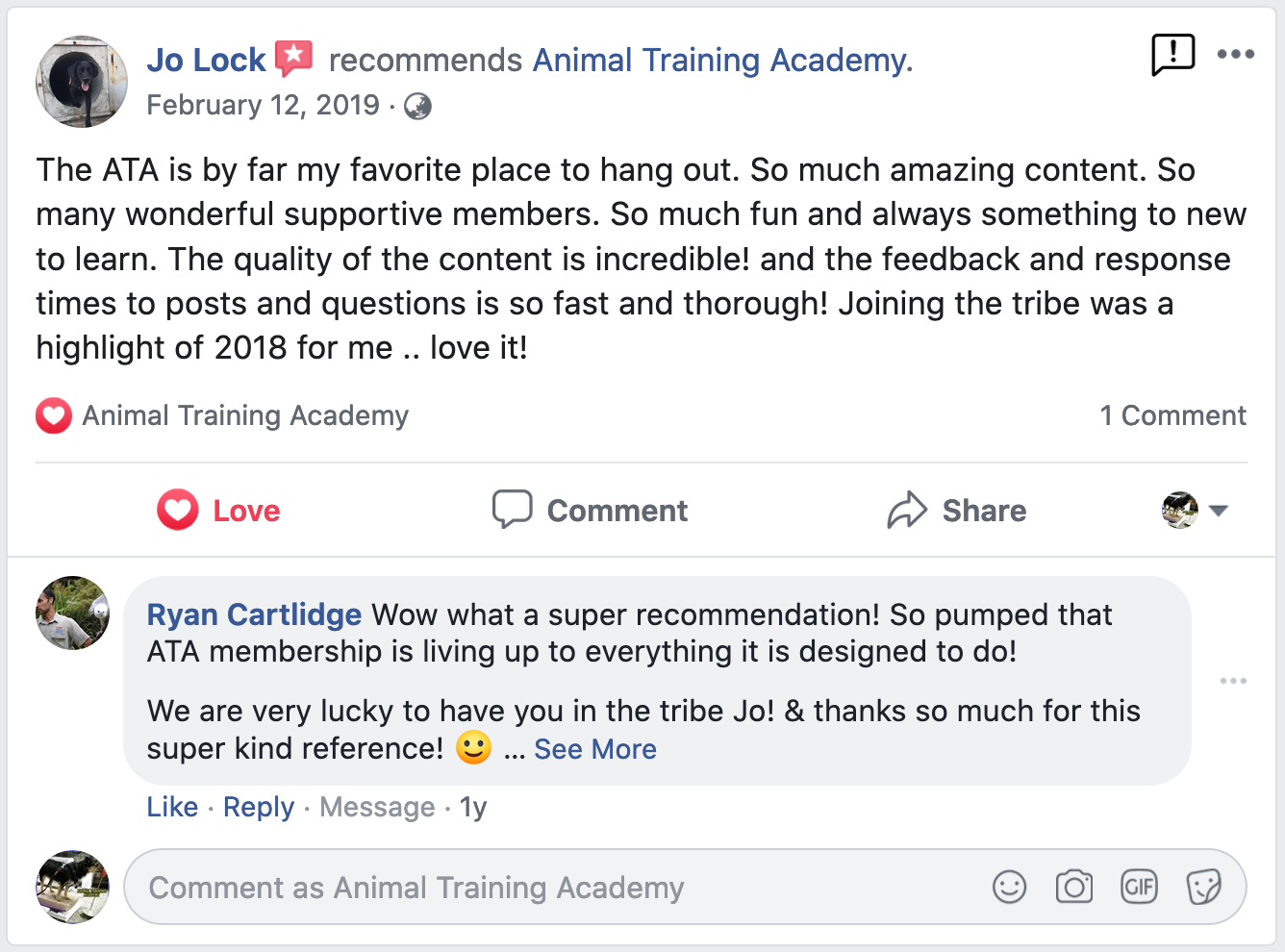








 Bryan Shelton Bio
Bryan Shelton Bio Leslie Eide bio
Leslie Eide bio Colleen Pelar Bio
Colleen Pelar Bio
 Lori Stevens Bio
Lori Stevens Bio Dr Jesús Rosales-Ruiz bio
Dr Jesús Rosales-Ruiz bio






 ABOUT THE AUTHOR – ATA member Kaitlyn Wiktor
ABOUT THE AUTHOR – ATA member Kaitlyn Wiktor

 Chad Crittle Bio
Chad Crittle Bio Sarah Stremming Bio
Sarah Stremming Bio



 Wes Anderson Bio
Wes Anderson Bio Jennifer Shryock Bio
Jennifer Shryock Bio

 Mary Hunter Bio
Mary Hunter Bio

 Bex Tasker Bio
Bex Tasker Bio


 Veronica Boutelle Bio
Veronica Boutelle Bio